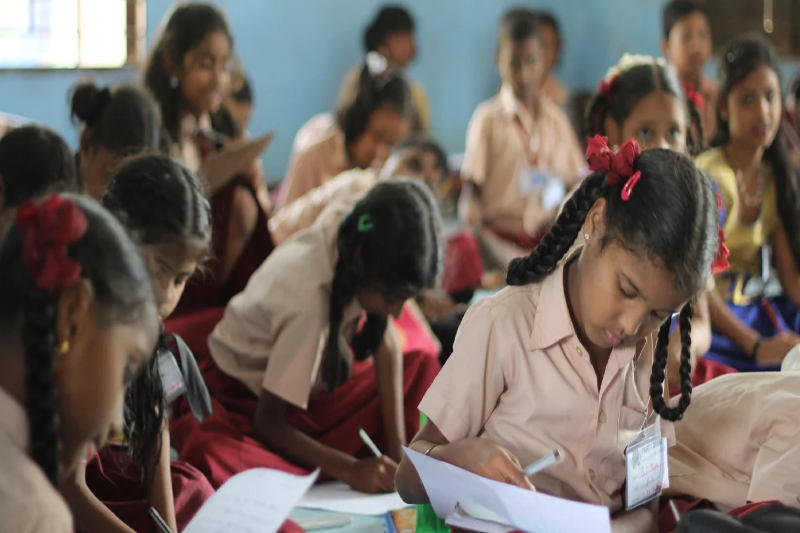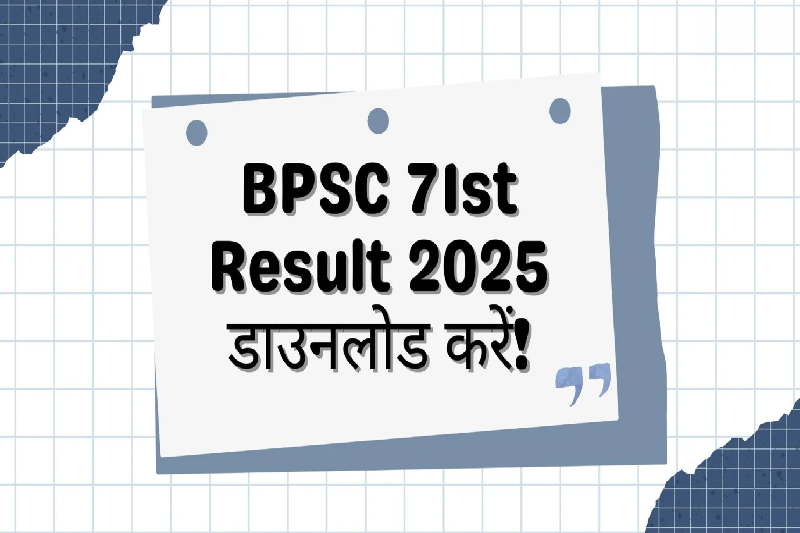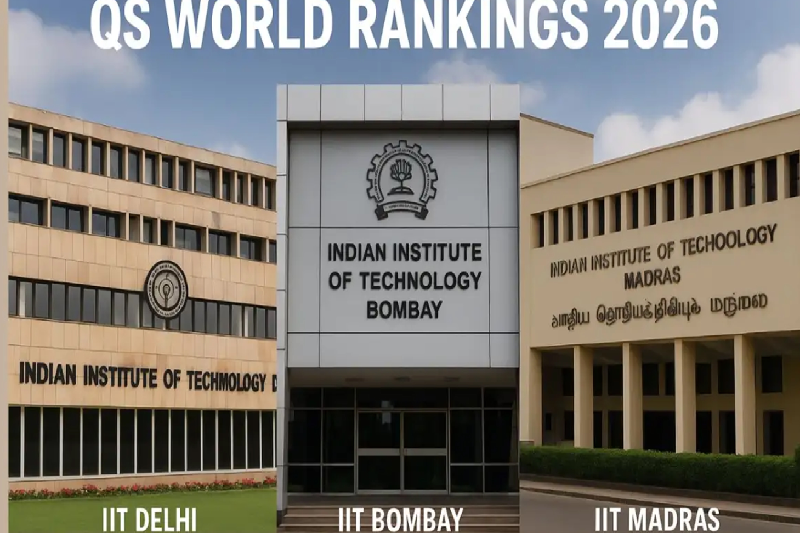
TN RTE Admissions 2025: Tamil Nadu Government Releases Notification — Full Schedule, Eligibility and Process Explained
The Tamil Nadu government has officially announced the launch of the Right to Education (RTE) Admissions 2025, with the admission notification issued on October 6, 2025. The process will be conducted entirely online through the designated RTE admission portal, and introduces a significant policy update—this year, children already enrolled in the entry-level class of a school will also be eligible for RTE admission under the government quota.
This development comes in the wake of the Government of India releasing RTE reimbursement funds to the Tamil Nadu government, as directed by recent orders from the Madras High Court, and upheld in further proceedings by the Supreme Court of India. The decision paves the way for a smoother and more accountable admission process after a period of financial uncertainty that had delayed implementation in previous years.
Inclusion of Already Enrolled Children
In a marked policy shift, the state government has decided to regularise students who were admitted in the 2025–26 academic year to entry-level classes (such as LKG or Class 1) even before the RTE admission process began. A dedicated 10-day window has been set aside for these children to be officially brought under the RTE quota, ensuring they are recognised and funded as per the provisions of the RTE Act.
This inclusion is aimed at addressing cases where schools admitted students early—often before the official RTE calendar was released—and subsequently found themselves unable to claim reimbursements. This move not only offers relief to schools but also protects the rights of children who may otherwise have been left outside the formal RTE system.
RTE Admission 2025: Full Schedule
The Directorate of Matriculation Schools has issued a clear and detailed schedule that governs how schools, parents, and officials will engage with the RTE admission process over the coming days:
- October 6, 2025: The official notification for RTE admissions is issued.
- October 7, 2025: Schools are required to upload data on the number of seats filled in entry-level classes as of September 30, 2025. This step ensures transparency in calculating the 25% RTE quota seats.
- October 8, 2025: The system will identify and display 25% of the available entry-level seats under the RTE quota through each school's login on the RTE portal.
- October 9, 2025: Schools must upload student application details, which include:
- Aadhaar number
- Date of birth
- Residential address
- Income certificate
- Community certificate
- Parent’s declaration (as required by Government Order No. 66 dated April 7, 2017)
- October 10–13, 2025: During this period, each school must display two lists:
- Eligible applicants
- Ineligible applicants, along with reasons for rejection
- Parents will also be allowed to submit missing documents to address deficiencies during this period.
- October 14, 2025: The final list of eligible children will be published by each school after reviewing corrections or updated submissions.
- October 15, 2025: If the number of eligible applications is less than the 25% quota, the remaining eligible students will automatically be tagged as RTE students in the Education Management Information System (EMIS) portal.
- October 16, 2025: In cases where applications exceed the quota, the school will first admit all children from priority categories. A random selection (lottery) process will then be conducted for the remaining seats, and the list of selected candidates will be published on the same day.
- October 17, 2025: The selected students will be formally tagged in the EMIS system, completing the admission process.
Eligibility and Required Documents
To be considered for admission under the RTE quota, children must be:
- Aged between 3 and 6 years (for LKG) or 5 and 7 years (for Class 1), depending on the entry-level class of the school.
- Residents of the locality where the school is located.
- From families with an annual income not exceeding the state-defined threshold (usually ₹2 lakh per annum).
Required documents include:
- Aadhaar Card of the child and parent
- Birth Certificate
- Proof of residence (ration card, EB bill, voter ID, etc.)
- Community Certificate (for SC/ST/OBC candidates)
- Income Certificate issued by a competent authority
- Parent’s declaration form as per government norms
Schools are responsible for verifying the documents and must ensure all entries are reflected accurately in the RTE portal.
Priority Admission for Vulnerable Categories
In accordance with state guidelines, priority will be given to children from the most marginalised and vulnerable backgrounds. This includes:
- Orphaned children
- Children living with or affected by HIV/AIDS
- Transgender children
- Children with disabilities
- Children of manual scavengers
These students will be offered priority admission before the random selection stage is carried out, ensuring their right to education is secured irrespective of seat competition.
Role of Schools and EMIS Portal Integration
Schools play a central role in ensuring the successful implementation of the RTE admission process. They are responsible for updating data, uploading applicant details, publishing lists on notice boards, managing document verification, and conducting the random selection process where required.
Integration with the EMIS portal is a critical component of this year’s process, allowing for real-time tracking of student admissions, status updates, and data transparency across institutions. Tagging in EMIS also ensures that government reimbursements are processed correctly and that RTE admissions are not conducted offline or arbitrarily.
Conclusion
The Tamil Nadu RTE Admissions 2025 represent a strengthened effort by the state to ensure equitable access to quality education, particularly for economically disadvantaged and socially marginalised children. By introducing a digital-first, phased, and time-bound approach, the government seeks to eliminate ambiguities and prevent schools from misusing or neglecting RTE provisions.
This year’s inclusion of already-enrolled students under the RTE quota is also a pragmatic step that addresses on-ground realities in many schools. As the process unfolds over the coming days, parents are advised to keep track of timelines and documentation requirements closely. Schools, in turn, must ensure adherence to procedural norms to uphold the rights of eligible children.
For detailed information and updates, parents and schools should refer to the official RTE Tamil Nadu portal and check for circulars and login access provided by the Directorate of Matriculation Schools.


